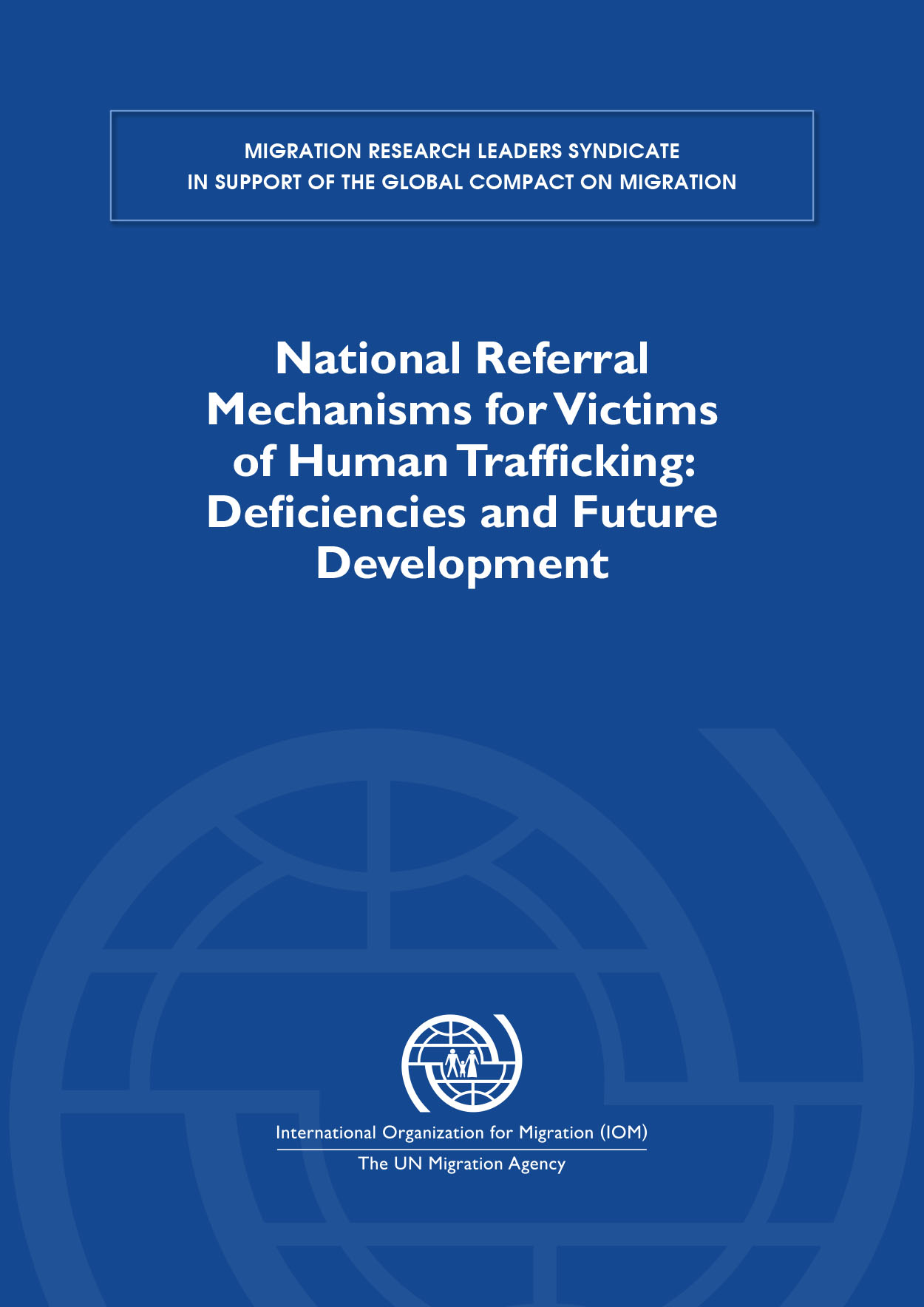National Referral Mechanisms for Victims of Human Trafficking: Deficiencies and Future Development

This paper is part of the IOM Migration Research Leaders Syndicate’s contribution toward the Global Compact for Migration. It is one of 26 papers that make up a consolidated Syndicate publication, which focuses on proposing ways to address complex and pressing issues in contemporary international migration. The Migration Research Leaders Syndicate, convened as part of IOM’s efforts to extend policy and technical expertise in support of the Global Compact for Migration, comprises senior researchers from diverse geographic, disciplinary and thematic backgrounds. The Syndicate provides a channel for leading experts in migration to propose ideas to meet the ambitious goals outlined in the New York Declaration for Refugees and Migrants of September 2016.
Country
Worldwide
Region
Worldwide
Year
2017
Category





